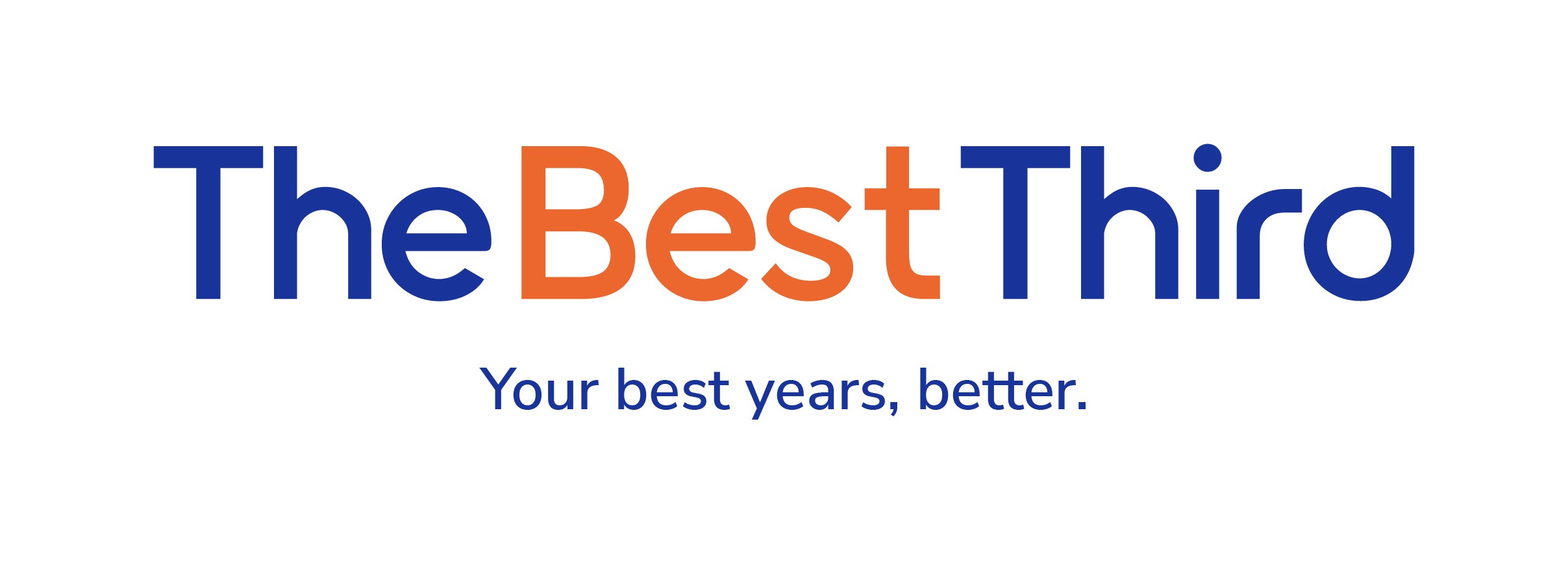A Smarter Way to Spend in Retirement
This is a high-level summary for a general audience of Stefan Sharkansky’s 2025 article “The Only Other Spending Rule Article You Will Ever Need“, published in the Financial Analysts Journal.
How much can you safely spend in retirement without running out of money—or underspending and leaving too much behind? That’s the puzzle this strategy solves, using a surprisingly simple mix: a ladder of inflation-protected bonds (TIPS) and a low-cost stock index fund.
This approach is called ARVA—short for Annually Recalculated Virtual Annuity. Think of it as a smart and flexible way to turn your retirement savings into income. Unlike popular rules of thumb like the “4% Rule,” ARVA adapts to the markets and your evolving needs. It’s not just safer—it often leads to more retirement income over time.
The Two-Bucket System
You divide your retirement savings into two buckets:
- TIPS Ladder – These are government bonds that adjust for inflation. You buy a mix that matures each year for the next 30 years, giving you steady, predictable income.
- Stock Index Fund – This bucket provides flexible, bonus-like income. Each year, you withdraw a portion based on how the market’s doing and how many years of retirement you expect ahead. You can customize how steady or front-loaded you want the withdrawals to be.
The TIPS ladder gives you a guaranteed income “floor” you can count on. The stock fund adds growth potential and extra income—but because it’s risky, the amount you take from it changes year to year. That’s by design.
Why This Is Better Than Common Rules
The “4% Rule” and other fixed strategies aim to avoid running out of money. But they’re often too cautious, leaving people living more frugally than needed. In contrast, ARVA:
- Avoids running out: It never depletes the portfolio prematurely.
- Increases flexibility: You can tailor your income stream to match your lifestyle, health outlook, or legacy goals.
- Boosts lifetime income: Simulations show ARVA tends to deliver higher average withdrawals than the 4% Rule or “guardrail” methods used by many advisors.
How Much Should Go in Each Bucket?
That depends on your comfort with risk. If you want more stable income, you’ll put more into the TIPS ladder. If you can accept more ups and downs in exchange for potentially higher income, you’ll allocate more to stocks. The paper includes formulas and charts to help you find your sweet spot—like how much income you can expect in a bad year with 90% confidence.
What About Living Past 95?
You can manage longevity risk in several ways: by planning for a long horizon (say, to age 100), adjusting annually based on health and age, or shaping income to match real-life spending patterns (like spending more early in retirement and less later).
Bottom line: This ARVA framework puts retirees in control. You decide how much stable vs. variable income you want. You can match your spending to your goals, adapt over time, and get more from your savings—without the fear of running out or living too modestly. Best of all, it can be done with just a spreadsheet, no fancy software or ongoing advisor fees required.
Let your money serve your life—not the other way around.

